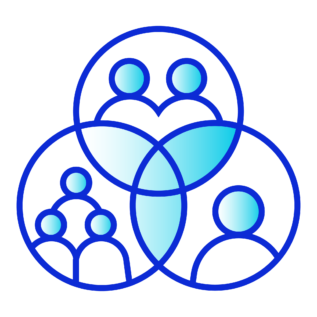
The EOSC Future Science Projects performed a new cross-disciplinary scientific analysis based on research collaboration, demonstrating how EOSC can be used to create knowledge from inter-working research communities.
There are 10 projects in total, each implements interdisciplinary use cases involving EOSC resources and tools. Together, the Science Projects broke down barriers between research communities and invested in the ‘trading zones‘ between science clusters and e-Infrastructures through the marketplace. Their potential stems from the fact that:
- data, services and any other kind of research resource can be used by multiple communities across different domains
- different communities can test the same hypotheses and compare the results.
The Science Projects contribute to virtual research environments for the development and modification of workflows, which have been developed in specific scientific communities — offering them to any users as well as testing the FAIRness of implementation. Project results are discipline- and domain-agnostic and available for use by anyone. The marketplace of services they establish also attracted private sector and industry users to EOSC.
Target groups
- scientific communities
- EOSC-related entities
- stakeholders involved with relevant policy making and policy implementation
- private sector/industry
- citizen scientists
State of play
The EOSC Future Science Projects have developed showcases demonstrating the added value of EOSC Core and horizontal services in the Exchange in the end-to-end process from data collection to publication.
They have released publications and use cases (see links below).
Key benefits/impact for EOSC
The EOSC Future Science Projects performed new cross-disciplinary scientific analyses thanks to research collaboration between science clusters, showing how EOSC can be used to create knowledge from inter-working between communities.
Undoubtedly, the change the Science Projects bring in the current evidence-based knowledge, along with the technical development are the biggest achievements. However, through this process, the development and evolution of “trading zones” between the e-Infrastructures and scientific disciplines and domains is also taking place. These “trading zones” are, however, the most fertile areas for the creation of new science and innovation. Therefore, this KER will serve as the prototype of this approach, which will undoubtedly attract many more such examples in the near future. The next steps would include the collaboration of EOSC platform with other major initiatives, such as the Digital Twins, towards addressing the big challenges of the ERA such as the Missions, Destination Earth and the Green Deal.
